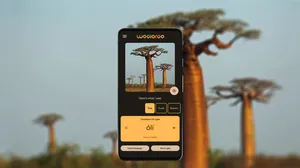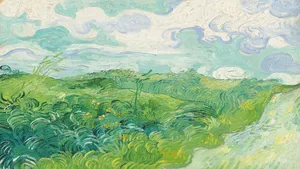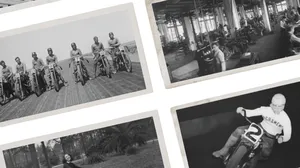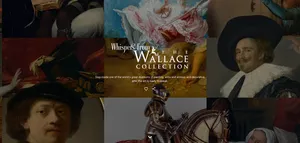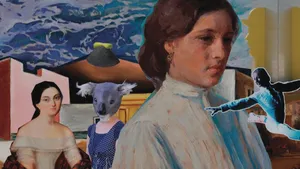Explore 4 invisible environmental issues with WHO
Did you know that climate change is the single biggest threat to our health that we face?
Today, the World Health Organization in collaboration with Google Arts & Culture launches "Seeing the Invisible" – an artistic online experiment by artist Cristina Tarquini that seeks to draw attention to unseen harm that affects us.
This experiment features four data visualization sculptures that highlight the impact of human activities on the environment. Each sculpture represents an anthropocentric topic with a significant damage cost: air pollution, noise pollution, microplastic intake, and melting permafrost.
We may not be able to see the serious damage caused by these four unobservable dilemmas. We can, however, gain understanding through art to expose their effects.
Seeing the Invisible experiment landing page by Cristina Tarquini and Google Arts & Culture

When it comes to air pollution, almost all of the global population (99%) breathe air that exceeds WHO guideline limits. Noise is an underestimated threat that can cause a number of health problems, including effects on hearing, stress and our cardiovascular system.
Microplastics are pervasive in marine water, wastewater, fresh water, food, air and drinking-water, both bottled and tap water. Due to limited research, the full health effects of microplastics are not yet known, but it has created intense public concern. Finally, permafrost, once thought to be permanent, is starting to thaw. This causes landscapes to literally sink into the earth, resulting in displaced villages and habitats. It also may be now releasing millions of tons of carbon dioxide which have been locked in it for thousands of years.
These challenges are artistically portrayed as dynamic sculptures that help us interact and intuitively learn about the invisible effects these have on our health and beyond. WHO climate change researchers have provided data, scientific validation, solutions and raised calls to action to enable countless audiences to take crucial steps to mitigate damage and preserve our planet for generations to come.
Seeing the Invisible experiment, 4 environmental emergency topics carousel, Cristina Tarquini, Google Arts & Culture

This online interactive artwork is part of Google Arts & Culture’s "Heartbeat of the Earth” experiments hub, a series of artworks based on climate data.
Explore hidden environmental effects at https://goo.gle/seeingtheinvisible or check out another contributions by the WHO on Google Arts & Culture centered around “History of Vaccination”.

